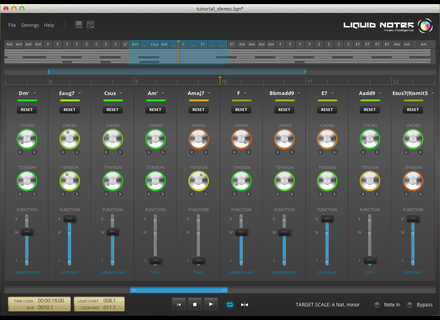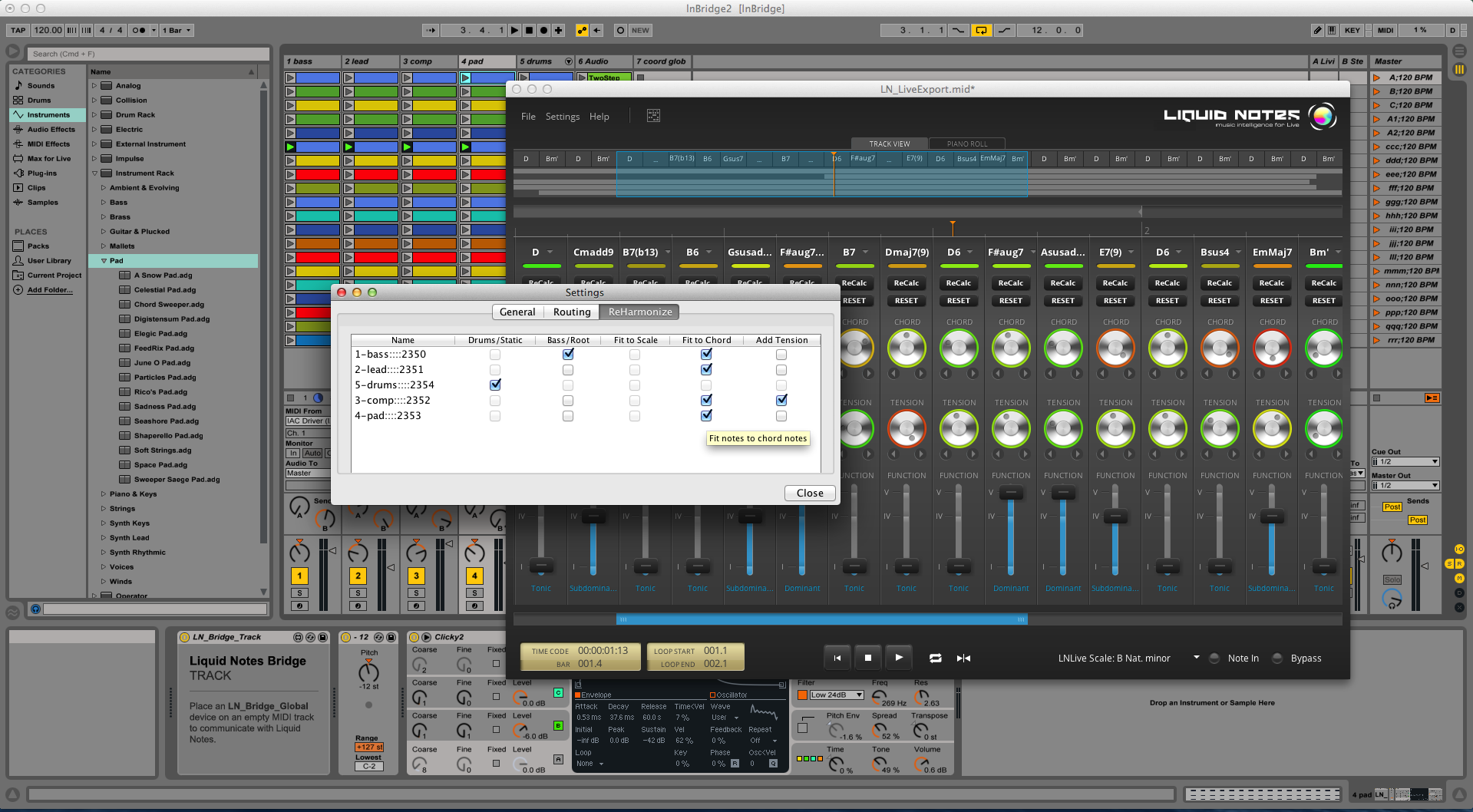

Community Contributed resources remain the property of their creators, but can benefit millions of people around the world.

If you have resources you would like to share, we believe in giving credit where credit is due. Many organizations and individuals have chosen to distribute their work through ECHOcommunity. This resource may not necessarily reflect the views of ECHO Inc. In order to facilitate this, ECHOcommunity makes available resources produced internally, and those shared by network members. We believe that in sharing knowledge, people are empowered to find, test, and improve available solutions. The sharing of information is a core value in this community of practice.
Liquid notes logic code#
However, from someone that has a strong background in creating maps for BizTalk with the BizTalk mapper, I’m missing a lot to have a good tool to create the maps in an easier way, but VS Code and the Liquid plugins cover a little bit of that and hopefully Microsoft is planning to have better tools in the future for the creation of the Liquid Templates.ECHOcommunity represents a vast network of agriculture and community development practitioners around the world. And overall my solution got much less complex and much more maintainable than the one that I did with a lot of actions in the Logic App. SummaryĮven though I had to type manually the map (Liquid template), it was not so hard to understand the syntax to achieve my goals in the JSON response. Got this for in his blog post Liquid in API Management. This is the way that the Logic App connector encapsulated my JSON database payload, so you will have to use it to access all other data you are passing.Īlso, note that in the Liquid template there’s a validation to check if the loop execution is the last one so I could add or not a comma to separate the elements in my JSON array response. Note that at the beginning of my Liquid template I used the element content. The final implementation of the Liquid template that I did is as shown below:

The language provides us with operators, types, and flow control that will enable us to do more complex maps in an easier way than using Filter and Compose as I did in the first version of my Logic Apps. Now that we have an editor we can learn about the syntax in this link: I used the Liquid Languages Support plugin. Visual Studio Code has plugins we can add to help us validate the syntax of the Liquid template as well as snippets that will help us with the coding. The first thing we need to do is choose an editor for our Liquid template and I decided to use Visual Studio Code for this. Much better right? You can find the ARM Template for this Logic App here: LiquidLogicApp/WithLiquid.jsonīut now I need to move all the Logic that I have in the filters and composes into the Liquid template. In this proposed new design, my Logic Apps will resemble like the picture below: So, I went to look for a better solution and right off the bat, the idea was to use a Liquid template with the Integration Account, which will make my Logic App to call only one extra action instead of 6 and the design will look much cleaner. You can see the code of this version of the Logic App here: LiquidLogicApp/WithFiltersAndComposes.json
Liquid notes logic plus#
In general I don’t mind using the compose action to create the JSON’s that I need to use in the Logic Apps that I design, but in this case, due to the complexity of the JSON response that I needed to return, I ended up with 6 extra actions, plus the for each to handle an array section inside the JSON. To create the JSON response in the format the client needed, I used as helpers, an array variable, filters and compose actions as you can see in the picture below: The Logic App is composed basically with an HTTP request connector, a SQL connector, and an HTTP response. Changing the function of a chord causes a major difference in its harmonic quality and musical effect. These are the prime steps of a basic cadence. Let’s start with the structure of the Logic Apps and the initial solution that I came up with using Compose and Filter actions and why I decided to move to use the Liquid template instead. We can use Liquid Notes to reharmonise each bar of the sequence, Place sliders marked FUNCTION on one of their three positions: for Tonic (I), Subdominant (IV), or Dominant (V).


 0 kommentar(er)
0 kommentar(er)
